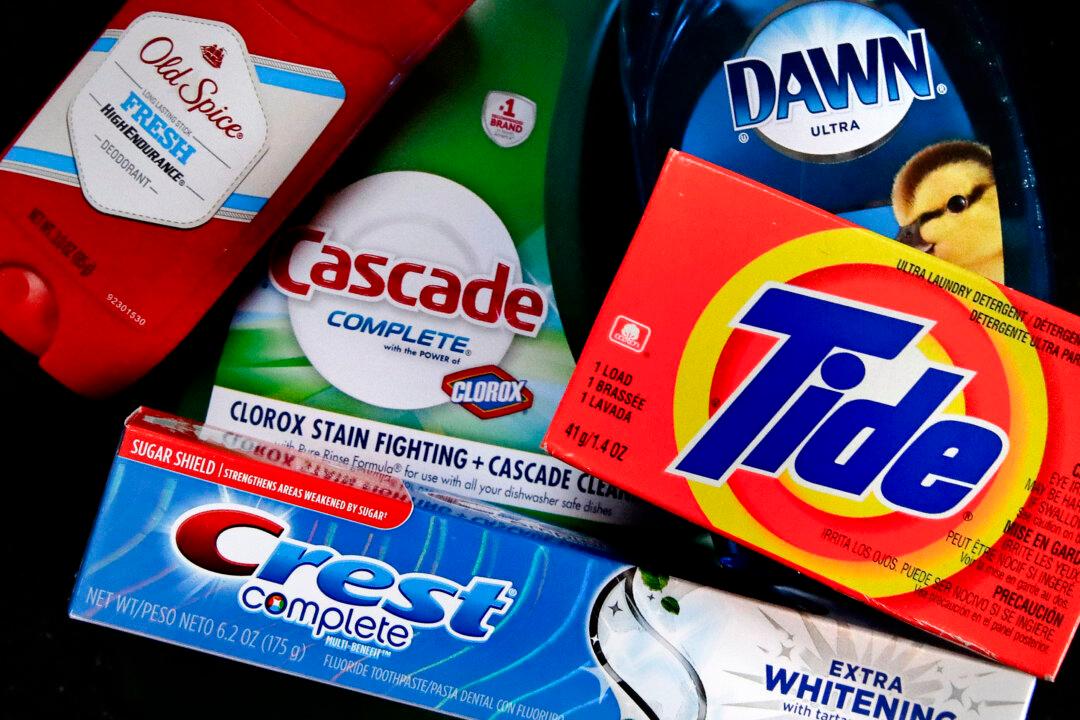Inflation for essential consumer goods is easing.
That’s according to Procter & Gamble Company’s (P&G) financial Fiscal Year 2025 First Quarter report, released last week.

Inflation for essential consumer goods is easing.
That’s according to Procter & Gamble Company’s (P&G) financial Fiscal Year 2025 First Quarter report, released last week.